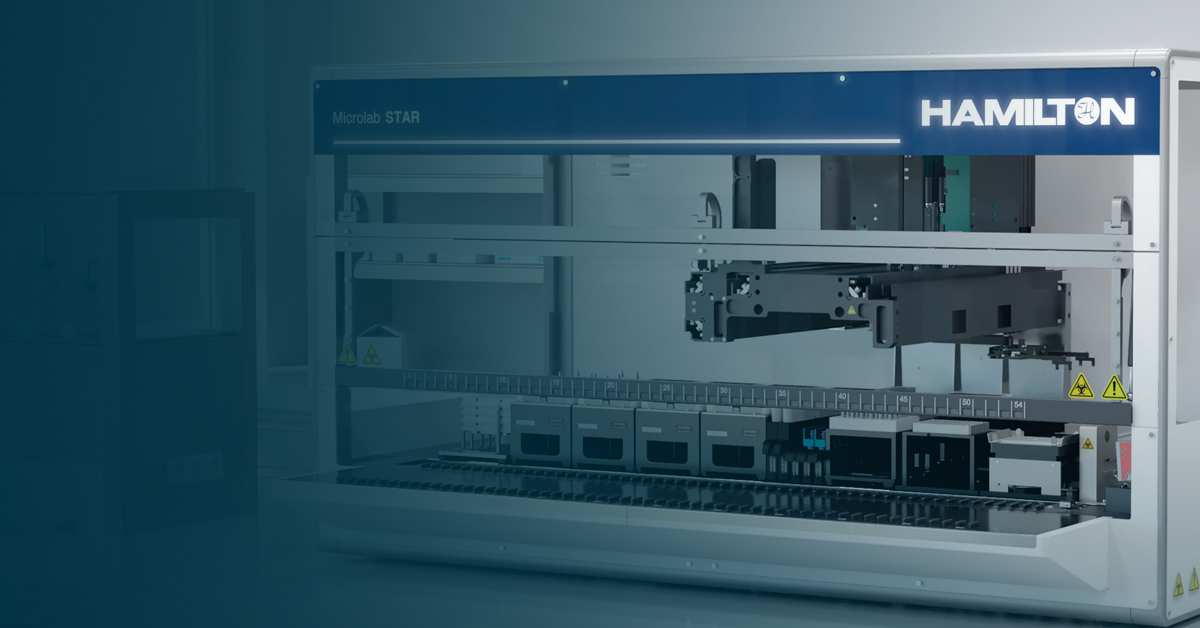
Tomislav Babic discusses the important role of investigators in informing and advising newly diagnosed Parkinson’s disease patients about their treatment and clinical trial participation options.

On a global scale, more than 10 million people have Parkinson’s disease, with an estimated four percent receiving their diagnosis before the age of 50.[i] The challenge for those designing clinical trials for Parkinson’s disease therapies is to identify patients who have been diagnosed but have not yet begun treatment. Dr. Tomislav Babic, Vice President of the Neuroscience Franchise at Worldwide Clinical Trials, explores the role of investigators in patient recruitment in his webinar entitled Challenges of Drug Development in Levodopa-Naïve Subjects with Diagnosis of Early Parkinson’s Disease.
The Diagnosis Question
For the purposes of clinical trials, the two preferred sets of diagnostic criteria are the UK Parkinson’s Disease Society Brain Bank Clinical Diagnostic Criteria and the Movement Disorder Society Clinical Diagnostic Criteria. The major symptom categories include tremor at rest, bradykinesia, rigidity, and impairment of postural reflexes. In either case, all supportive signs and absolute exclusion facts must be present for diagnosis.
The crucial question for investigators and patients is what to do in that period of time between diagnosis and initial treatment. There are treatments that might be administered immediately upon initial diagnosis. However, for early Parkinson’s disease clinical trials, it is necessary to work with patients who have not yet received treatment.
Honeymoon vs Golden Year
The “honeymoon” period of Parkinson’s disease describes a period after initial diagnosis of Parkinson’s disease and beginning of treatment with levodopa (L-Dopa) or dopaminergic agonists (DA). While the treatment does improve symptoms initially, its effect does reduce over time.
In contrast to the “honeymoon” period is the notion of the Golden Year, proposed by Robert A. Hauser.[ii] Rather than immediately introducing L-Dopa or DA to early Parkinson’s disease patients, Hauser has argued, there is potential benefit to be realized by enrolling such patients in clinical trials and following up with delayed symptomatic treatment.
In his webinar, Dr. Babic presents two case studies whose outcomes support Hauser’s Golden Year theory. A 2013 study by Anthony H. V. Shapira et al. revealed no significant difference between the UPDRS scores of patients who began early symptomatic treatment with pramipexole and those who started delayed treatment with the same drug after 15 months.[iii] Similarly, a 2019 clinical trial by Constant V. M. Verschuur et al. with levodopa revealed little difference on UPDRS scores between early-treated patients and those treated later.[iv] In effect, the evidence suggests that patients who participate in clinical trials prior to beginning symptomatic treatments are not likely to lose any therapeutic benefits by delaying treatment.
Where do the investigators stand?
Worldwide Clinical Trials surveyed its own clinical investigators to gain a better understanding of their perspectives on the question of early treatment versus clinical trial participation for their recently diagnosed Parkinson’s disease patients. Reaching out to hundreds of investigators at sites around the world, the responses to these survey questions provided valuable feedback that will inform our clinical trial design.
We learned that the majority of neurologists are reluctant to recommend delayed start of symptomatic treatment in patients diagnosed who are younger than 60 years of age. For those older than 60 at diagnosis, a larger number of investigators are open to recommending clinical trial participation with delayed symptomatic treatment. Other survey questions inquired about preferred time limit for delayed treatment, preferred initial treatments for patients opting for delayed L-Dopa or DA treatments, and reasons for initializing L-Dopa or DA for delayed-treatment patients. On average, the amount of time investigators expressed a willingness to delay L-dopa or DA treatments was 5.4 months.
Where do the patients stand?
When investigators were asked what they saw as the most challenging factors for recruitment of recently diagnosed Parkinson’s disease patients, the two most prominent responses were delay of symptomatic treatment and willingness to participate in the study. From these two recruitment pain points, we can infer that clinical trial recruitment will be highly dependent on the engagement of investigators with their patients. We need investigators to be able to inform and demonstrate to their patients the significance of the choice between early treatment and the Golden Year approach. As Dr. Babic says, “Investigators’ involvement in the recruitment of de novo Parkinson’s disease patients is probably the most crucial path for study success.” In a nutshell: if you want strong patient recruitment, you must choose the right investigators.
Want to learn more?
In his brief but jam-packed webinar, Dr. Babic provides a detailed discussion of our survey on where our global investigators stand with respect to their patients’ options around early treatment and clinical trial participation. He also outlines the key components for effective recruitment of newly diagnosed Parkinson’s patients for randomized clinical trials. Visit us at AD/PD 2022.
[i] https://www.parkinson.org/Understanding-Parkinsons/Statistics
[ii] https://www.nature.com/articles/s41531-018-0065-1?error=cookies_not_supported&code=7a596d48-cfc8-4c3f-9eee-1a48c04cb314



